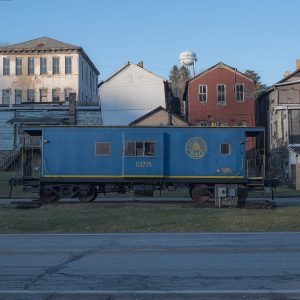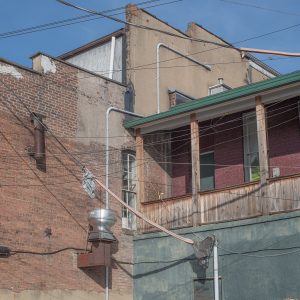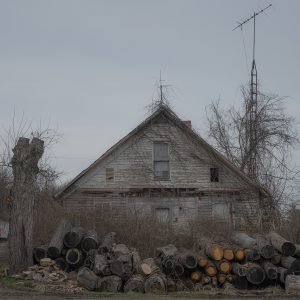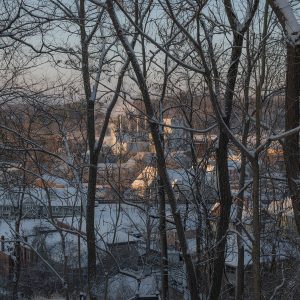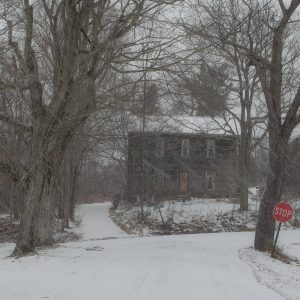Curators' Pick
Rich-Joseph Facun | Little Cities | 2022
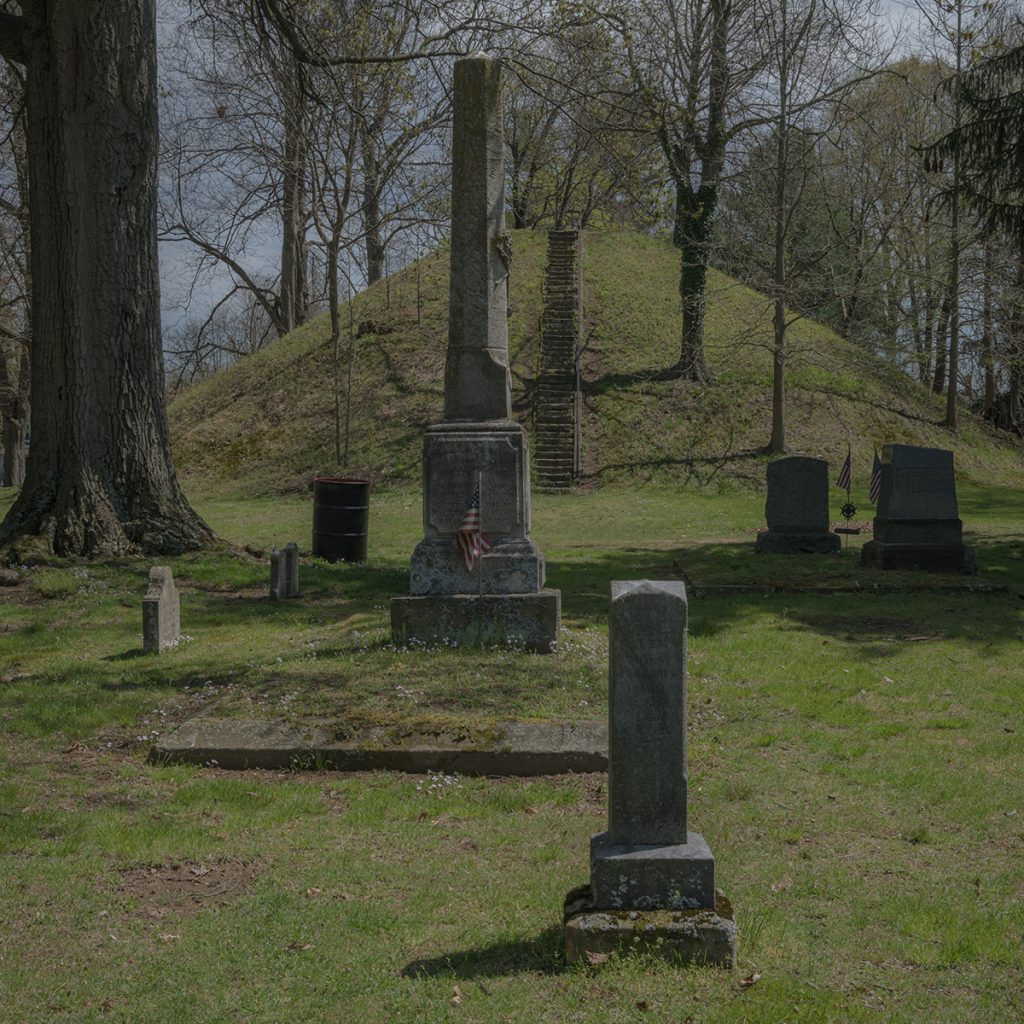
Rich-Joseph Facun | Little Cities | 2022
..it takes an ocean of trust in the kingdom of rust…
(Doves)
The Cuyahoga River won’t kill you no more.
They cleaned it up back in ’74.
Well, you might get sick – but welcome to Ohio.
(Luke Doucet)
As I get older, there are some memories that still have an unexpected vivacity : and living again in the city and region where I grew up offers an odd looping of recollection, with elements of nostalgia – and the opposite of that, which might be cynicism or nihilism – informing and deforming my thoughts.
When I first encountered Rich – Joseph Facun’s images – specifically his Little Cities series – I felt transported back to my late teens and early twenties and shuttling back and forth between Windsor / Detroit and St. Catharines, seeing the underbelly of the rust belt wonderland. Specifically taking the train, and thus getting glimpses of smaller urban spaces across Southern Ontario that are often unseen or unconsidered, simply spaces to traverse on the way to somewhere else, not ‘valid’ to be ‘seen’ but as a space to be left behind or to be traversed with your mind – and destination elsewhere.
Facun’s scenes are part of a story that unfolds amidst the post-industrial United States – and these are spaces I’m familiar with from Niagara or the Windsor / Detroit region, that might be a ‘kingdom of rust’ or the ‘rust belt wonderland’ : a detritus of past ‘progress’, leavings of history that we might ignore or not acknowledge but that are literally part of the [memory of] landscape.
In Little Cities Rich-Joseph Facun “guides viewers on a meandering meditation through Southeastern Ohio by depicting the vernacular post-industrial landscape. In their quiet formality, the images call to mind past dreams, present disillusionment, and gently nudge us to look beyond what can be seen on the surface. Through recurring motifs, Facun excavates remaining signs of the Indigenous communities who once called this region home. In mankind’s hubris, we want to believe we shape the land we live on. Facun’s photographs remind us that the landscape contains memory, and it is witness to our misdeeds.” (from here)
Rich-Joseph Facun is a photographer of Indigenous Mexican and Filipino descent. His words : “His work aims to offer an authentic look into endangered, bygone, and fringe cultures—those transitions in time where places fade but people persist.
The exploration of place, community and cultural identity present themselves as a common denominator in both his life and photographic endeavors.
Before finding “home” in the Appalachian Foothills of southeast Ohio, Facun roamed the globe for 15 years working as a photojournalist. During that time he was sent on assignment to over a dozen countries, and for three of those years he was based in the United Arab Emirates.”
More of Facun’s work can be seen here and his IG is here. He has produced a publication for Little Cities, and I encourage you to spend some time with his Black Diamonds and 1804 series. Facun reminds me of Mary Ellen Mark‘s assertion as to how “photography is closest to writing, not painting. It’s closest to writing because you are using this machine to convey an idea. The image shouldn’t need a caption; it should already convey an idea.”
~ Bart Gazzola
